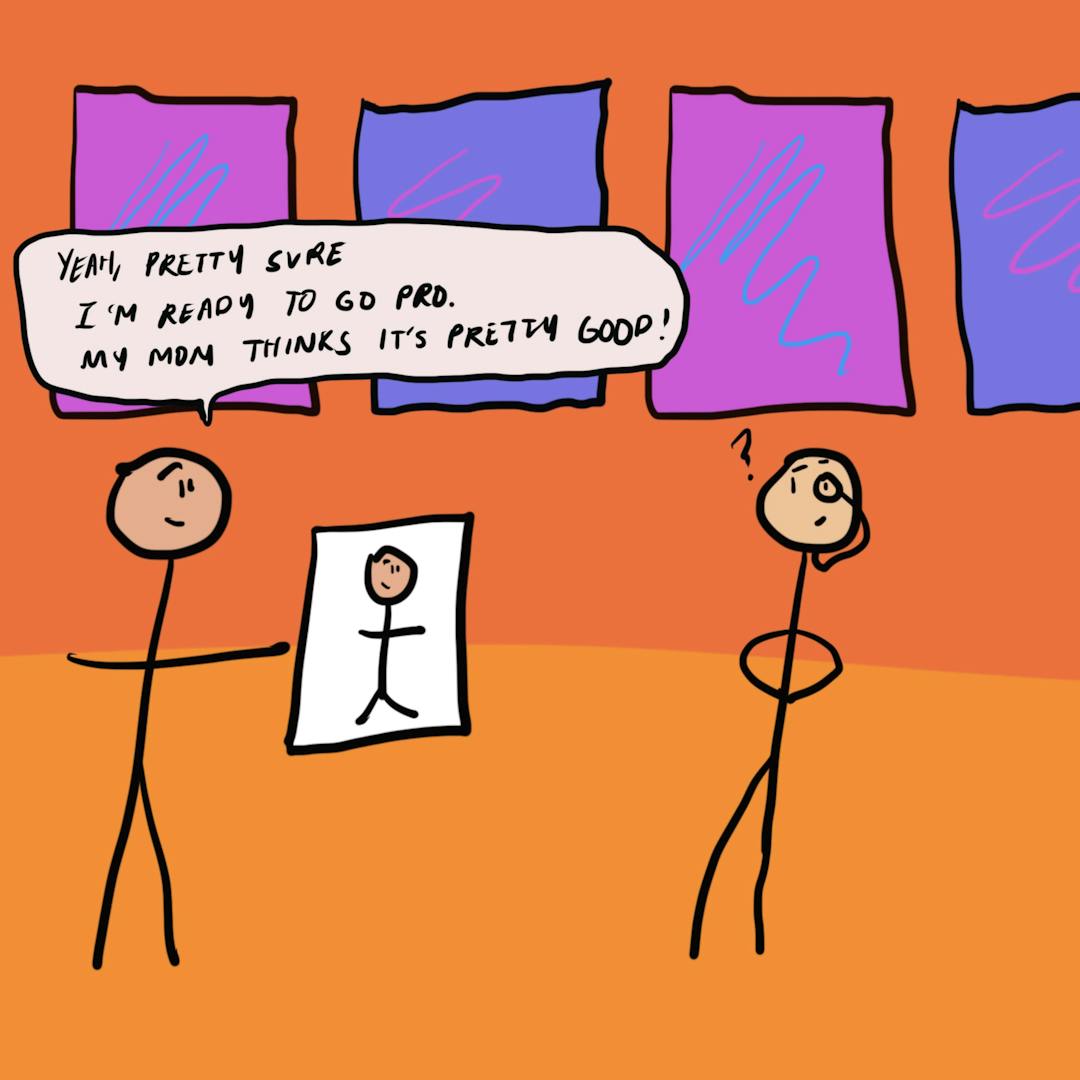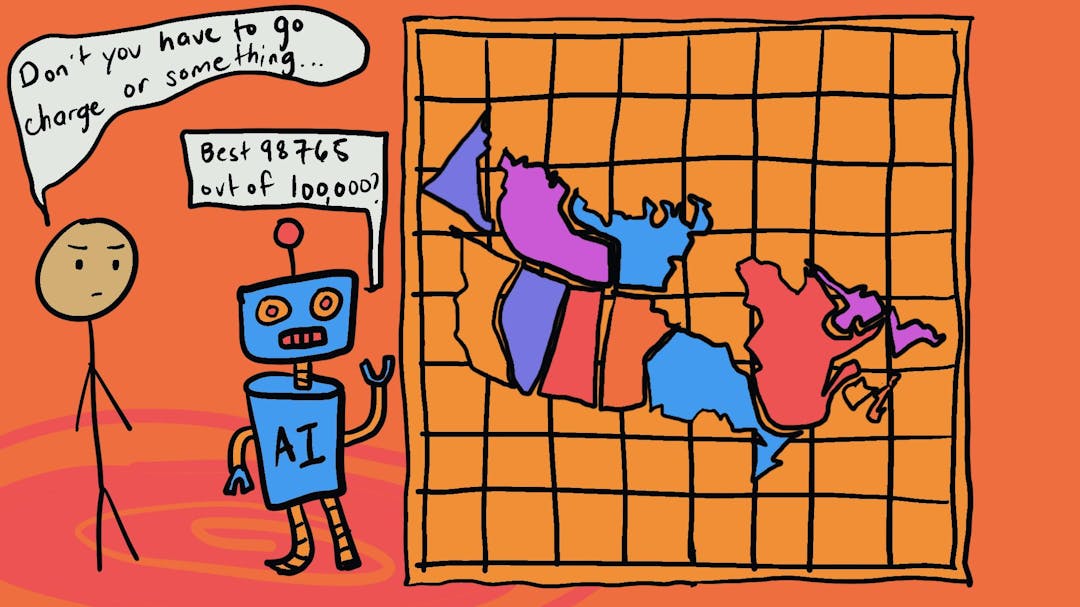Talking Through a Pandemic: Khan Bouba-Dalambaye
I think there is an ‘easier said than done’ until you start doing, and then it becomes familiar and you gain momentum. Without having those non-deliberate, unintentional ways of just having your energy spike, people struggle with that notion of self propelling, volition, drive, motivation, where their experience is flat, but also needing to understand that when you do something different, it won’t be as flat, and then it’ll be easier to continue that.
Intro
In this episode of The Decision Corner, Brooke sits down with Khan Bouba-Dalambaye, high school guidance counsellor, EDI consultant, and curriculum designer. Through counselling work, Bouba-Dalambaye’s clients have taught him that the pandemic has triggered a wide-spread dip in motivation, communication, and relationship maintenance. During this episode, he offers listeners tips on how to get more in touch with our own feelings and needs, and increase our motivation to meet our goals. His most important takeaway: start small.
Some specific topics of this episode include:
- Intuitive (easy) versus intentional (effortful) communication and how our reliance on the latter impacts our mood
- The need to interact with others in creative ways
- How and why we are currently affected by a lack of motivation
- How communication through technology has played a role
- Specific coping strategies for the pandemic and WFH life
- How to “meaningfully engage with” – rather than “kill” – time





